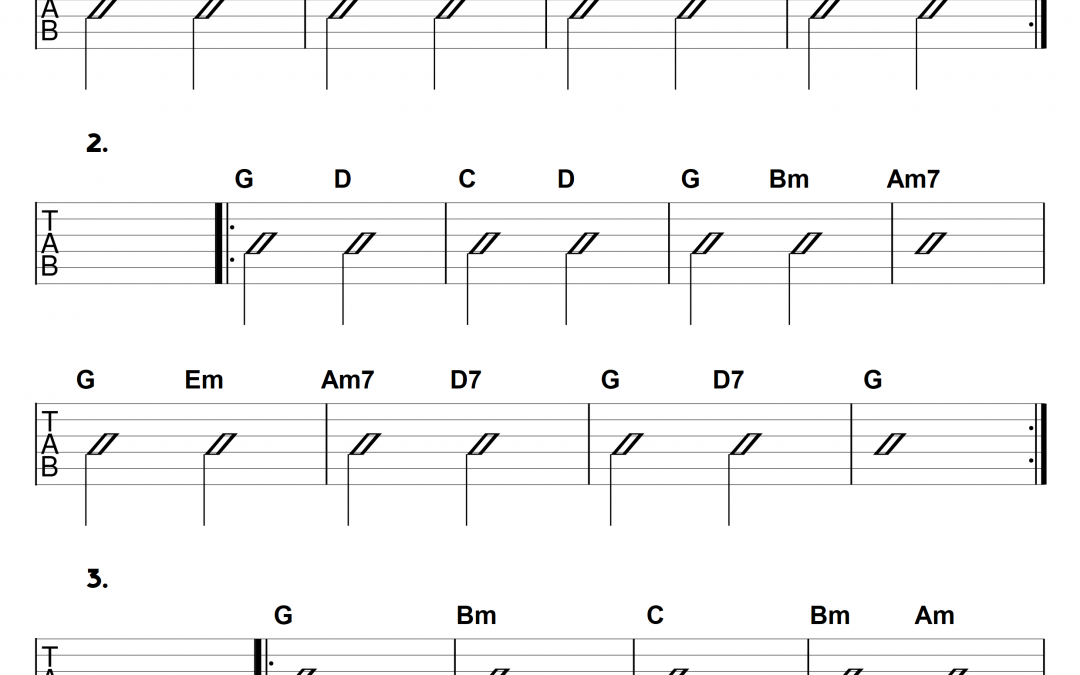


1 Octave major scale exercises for Grade 5-6 in 5 positions with legato and vibrato techniques
These 5 major 1 octave scale exercises are in the key of A major. The 1 octave scales in 5 positions can get a bit laborious when you have to practice them, so why not add a bit of flair and work out your techniques at the same time? These are a requirement for RGT...
Choosing the right size acoustic guitar or ukulele
Take a look at this picture and you will see the size difference for each guitar. From Left to right, the guitars are Concert Ukulele, 1/2 size guitar, 3/4 size guitar, full size guitar. Apologies that the full size acoustic is on a stand, but it has a curved back so...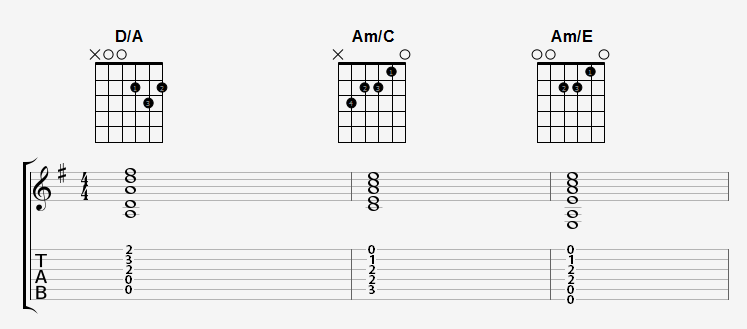
Chord inversions, Slash Chords, Alternative Bass Notes – A quick explanation
You may have seen chords like Am/C or G/F#. You may have just learned the chord without understanding it. You may have panicked and not played it. Here is a quick explanation of how it works The first part of the slash chord is the main chord being played. Some of the...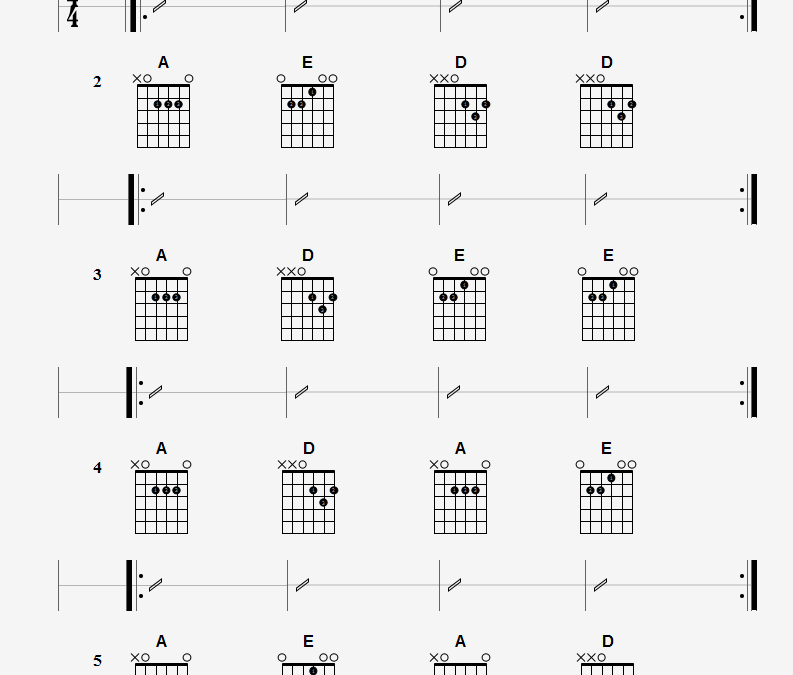
5 Ukulele and Guitar chord progressions in A major using A, D and E chords – Grade 1-2
Above, is the sheet for guitar. Using 3 open major chords we have 5 chord progressions to practice. You could strum each one once, or maybe 4 times each, or make up your own rhythms. You should look for any ‘cheats’ for changing the chords quickly. Rather...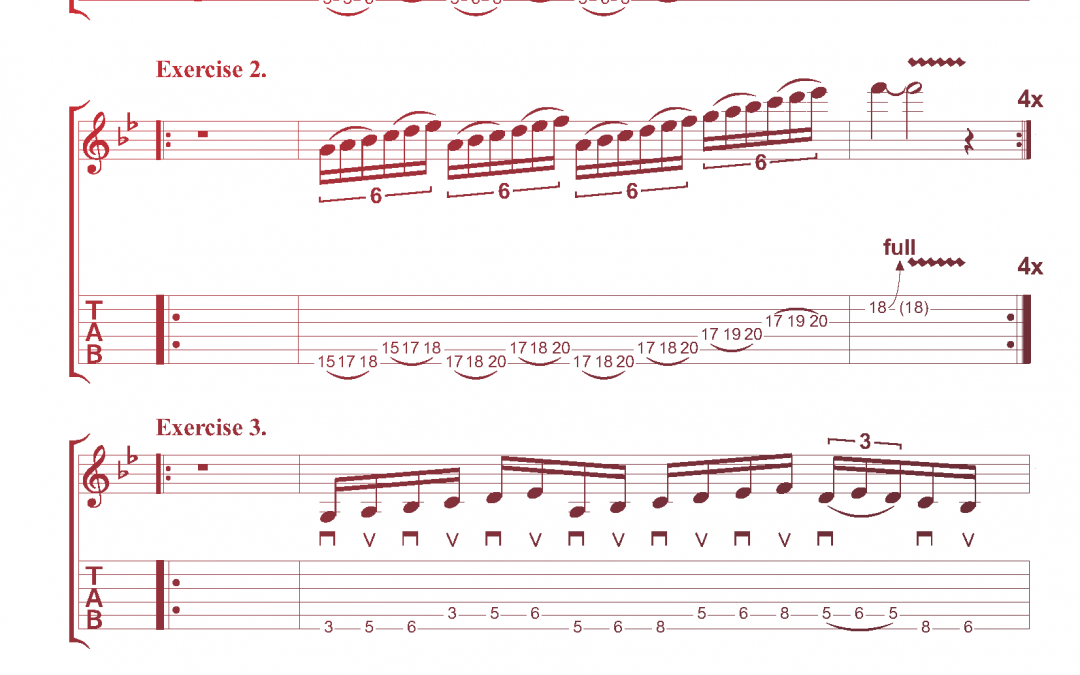
6 Guitar Shredding Exercises – Fast Scale Runs and Soloing Exercises in G minor and F# minor – Lead Sheet – Rockschool
Get Free PDF Downloads → About the Difficulty Levels These are written for grade 8 level, but it wouldn’t hurt a grade 5-7 player to try them at the slower speeds. The PDF file in the key of F# minor is the one that fits with the song ‘Lead Sheet’...
Chord Changing Practice With Rhythms In The Key Of Em – Grade 1-2
Exercise 1 This exercises adds quarter note and 8th note rhythms to an Em, G, Em, G, Am, C, Am, C chord progression, which is to be played 4 times around. Look out for the down and up strokes in the notation to tell you which direction to strum. If you are unsure what...
1 finger blues rock exercise in A with fret variations around the power chord shapes – for beginners
For this blues rock exercise you only actually need 1 finger! You will be playing 12 bar blues in no time! You could however use your third finger for fret 4 and little finger for fret 5 if you want to develop those fingers and play at an even faster tempo. The blues...
5 Chord Progressions in E minor
For grades 1 – 2, you can play the Bm like this: The chords used in these 5 chord progressions are Em, G, Am, Bm, C, D. You could play them as is, by strumming each chord once, or you can improvise strumming patterns to fit with the timing of the music, to work...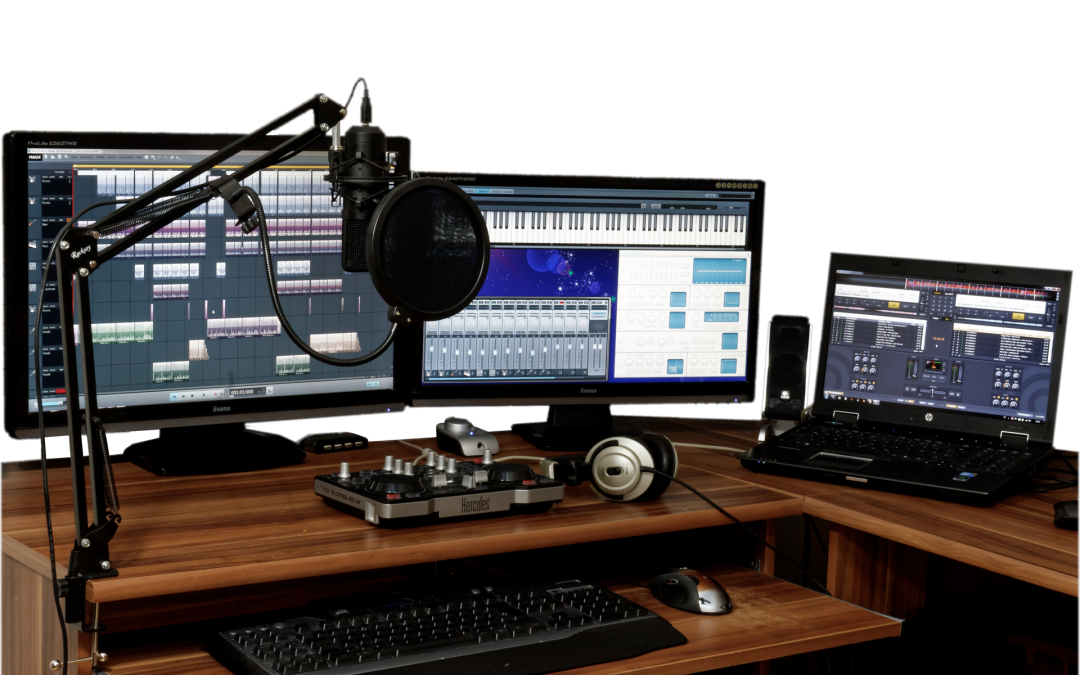
5 Beginners Guitar Home Recording Tips
Here are some tips that I wrote when I started out home recording. They will take you through some of the basics and logistic thoughts that you are likely to come across yourself. Neighbours – When I first started recording music I worried about upsetting...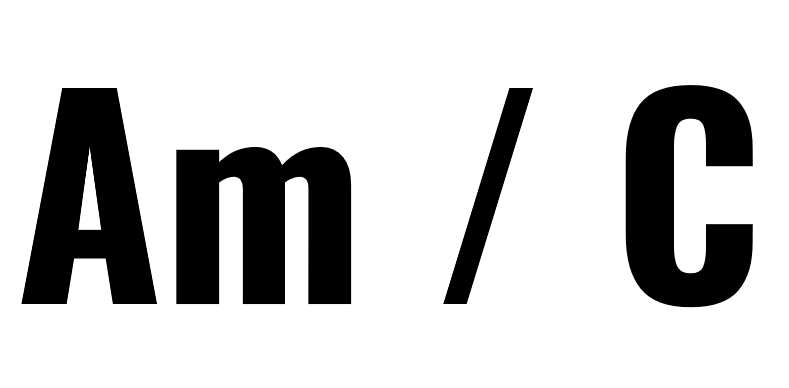
Relative minor and relative major theory summary
Natural minor scales consist of 7 different notes, and the same goes for major scales.Some major and minor scales have the same notes as each other, but start on different notes, making them different key signatures. These are relative keys. For example, the C major...
2 Melody Exercises in A minor for beginners
Make use of your A natural minor scales with these two melody exercises. The exercise sheet starts off with 2 A natural minor scales. You should practice these to get used to the note patterns. The melodies use a mixture of half, 8th and quarter notes and rests. Make...
2 Melody Exercises in C major for beginners
Make use of your C major scales with these two melody exercises. The exercise sheet starts off with 2 C major scales. You should practice these to get used to the note patterns. The melodies use a mixture of half, 8th and quarter notes. Make sure to brush up on your...
5 Chord Progressions in C – Grade 5
5 chord progressions in the key of C major. For grade 5 level, play barre chords for all of the chords, as you would in the RGT grade 5, which includes chords from grades 3-5. You can improvise your own rhythms and you could also try various tempo and dynamic changes....